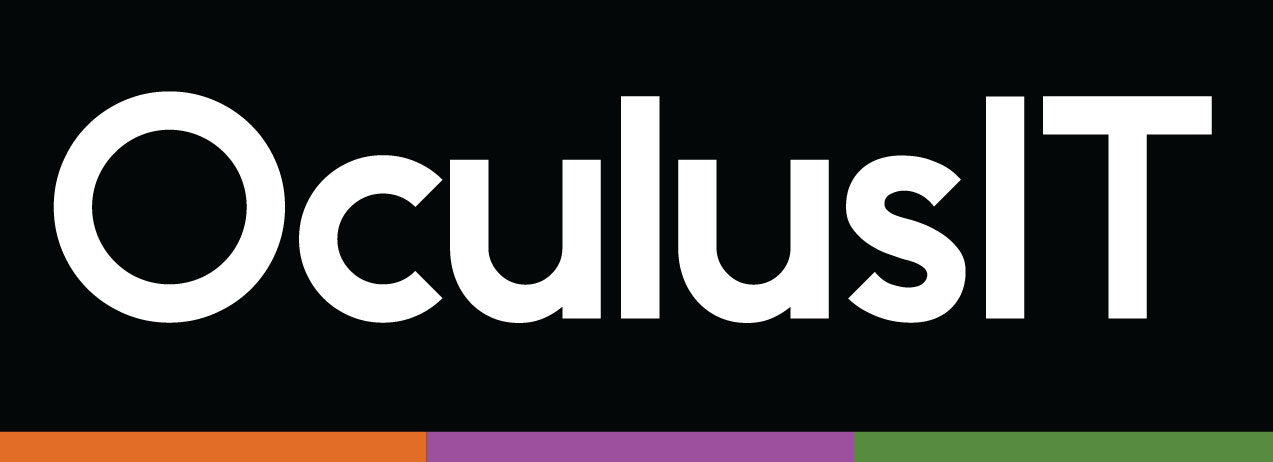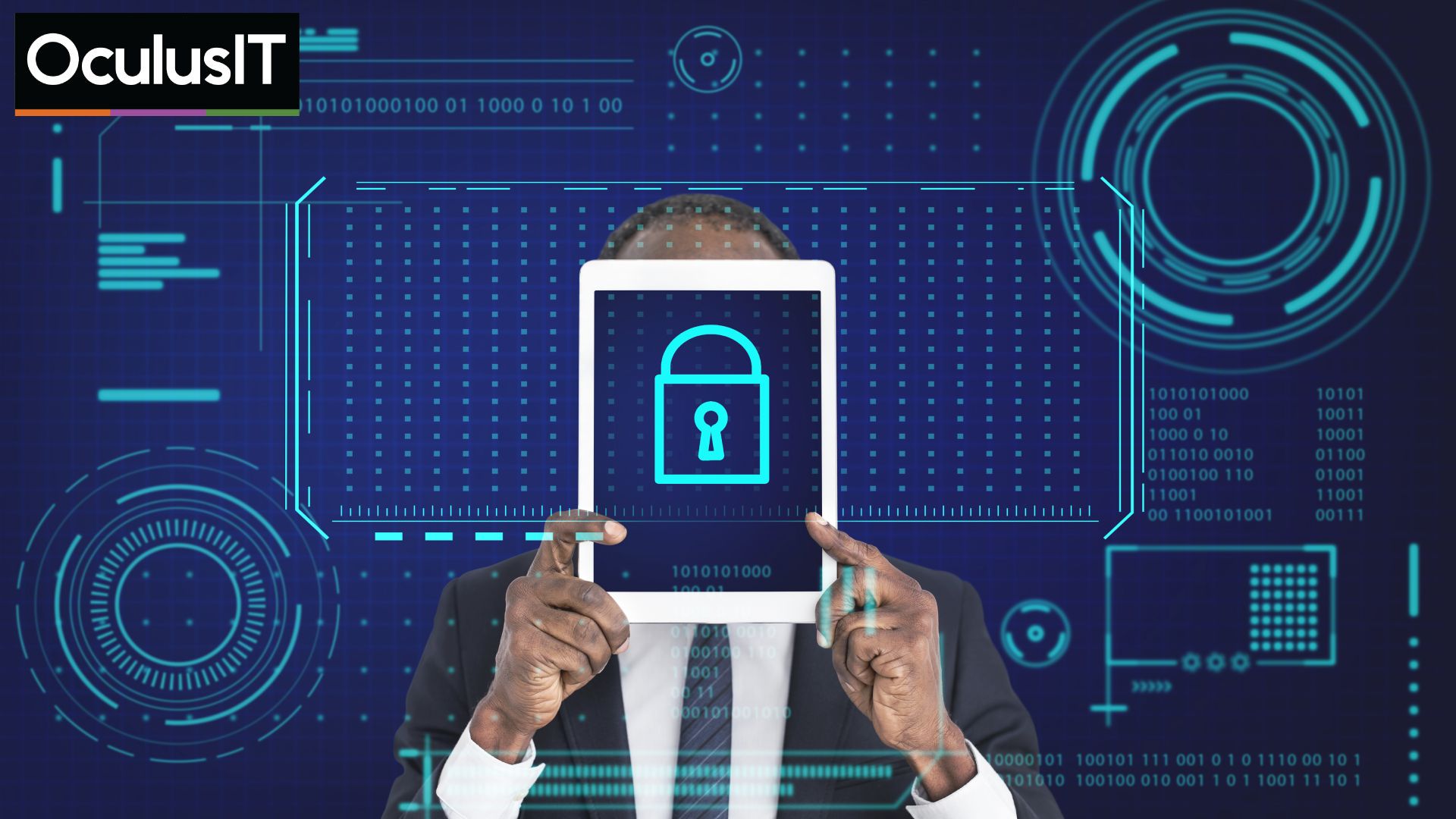
Ghost Students & Financial Aid Fraud: A New Horizon in Campus Cybersecurity
June 16th, 2025
Reading time: 4 Minutes
Imagine hundreds of students appearing on your enrollment system, each with a name, address, and completed FAFSA, yet none of them exist. This is not a clerical error or an isolated scam. It is a growing threat across higher education: AI-generated ghost students infiltrating institutions to exploit federal aid systems.
As institutions accelerate digital adoption, cybercriminals are targeting the weak points. Financial aid platforms, enrollment portals, and identity verification workflows are now the front lines of higher education cybersecurity.
According to an EDUCAUSE article, financial aid fraud is now costing U.S. colleges over $100 million annually, compared to less than $10 million per year before 2020. Much of this increase is linked to identity-based schemes using synthetic student profiles to access federal grants and aid disbursements.
This trend is no longer theoretical. It is already impacting community colleges, online institutions, and mid-sized universities, especially those with automated admissions or open-enrollment models.
How Ghost Student Schemes Work
These fraud rings rely on a combination of AI-generated data and procedural gaps in institutional systems. Fake student profiles are created using synthetic identities generated by AI tools. Names, addresses, social security numbers, and school transcripts are often stolen or fabricated.
Applications are submitted in bulk, often during high-volume cycles when systems are less scrutinized. Once enrolled, the fraudulent student completes a FAFSA and becomes eligible for aid. Disbursements are directed to prepaid cards or online accounts.
The fraudster disappears before anyone notices, leaving financial aid teams and registrars trying to reconcile lost funds and invalid records. Because most of these applications mimic legitimate patterns, they are difficult to detect through manual review alone. The result is a silent drain on financial aid budgets, compromised data integrity, and compliance exposure.
Why Traditional Defenses Fall Short
Higher education institutions are uniquely vulnerable to these threats. Unlike banks or federal agencies, colleges often rely on fragmented systems and outdated verification processes. Some of the common vulnerabilities include:
- Lack of multi-factor authentication on student portals and financial aid systems
- Inadequate identity proofing at the point of application
- Disconnected systems between admissions, aid, and IT
- Delayed or reactive monitoring that identifies fraud only after funds are disbursed
- Many colleges also lack a centralized security team, making it difficult to coordinate detection and response efforts across departments.
Building a Resilient Cybersecurity Framework
To protect both funding and institutional integrity, colleges must shift from reactive security to proactive fraud prevention. Here are some essential strategies to consider:
1. Strengthen Identity and Access Management
Modern IAM solutions help verify user identities across multiple checkpoints. Institutions should require multi-factor authentication for all student-facing systems and implement document validation at the time of application. Behavioral-based identity checks can also flag unusual access patterns or location mismatches.
IAM is not just about blocking access. It is about verifying that each user is who they claim to be at every point of interaction.
2. Monitor Financial Aid Systems in Real-Time
Fraud activity often peaks during aid distribution cycles. Institutions should use real-time monitoring to track unusual enrollment spikes, duplicate application behavior, or bulk logins from the same IP address. These are often early signs of fraud rings testing vulnerabilities.
Integrating fraud analytics into student information systems and financial aid tools can help detect threats before funds are released.
3. Conduct Periodic Audits and Cross-System Reconciliation
Institutions can catch many ghost student records through regular data reconciliation across admissions, course registration, and financial aid. For example, if a student has received aid but never attended a class or interacted with the LMS, that should trigger a red flag.
Regular audits also support compliance with the Gramm-Leach-Bliley Act (GLBA) and reduce the risk of penalties tied to data mismanagement.
4. Train Staff to Spot Anomalies
Your first line of defense is not technology. It is people. Financial aid officers, registrars, and IT teams should be trained to identify indicators of synthetic identity use. Even small signals, such as duplicate phone numbers or similar email formats across multiple records, can point to fraud attempts.
Cybersecurity awareness should be embedded into institutional workflows, not treated as a one-off IT function.
A Leadership Moment for Higher Education
This is not just a systems issue. It is a strategic one. Financial aid fraud undermines trust in an institution’s ability to safeguard resources, protect student data, and ensure equitable access to funding. The consequences are not limited to budget losses. They extend to reputation, compliance, and even future enrollment.
Institutions that lead with cybersecurity readiness demonstrate their commitment to student success, operational integrity, and digital accountability. Those that delay may find themselves addressing not just fraud, but federal audits and lost credibility.
Final Thoughts: From Vulnerable to Vigilant
Ghost students are a symptom of a broader shift in how cybercriminals operate. As identity becomes digital and systems become more automated, threats are evolving in ways that blur the line between IT, enrollment, and finance.
To stay ahead, higher education leaders must treat financial aid fraud as a cybersecurity priority. That means building secure, intelligent systems backed by trained staff and coordinated oversight.
Higher education institutions do not have to navigate these risks alone. Strategic IT partners with deep higher ed experience can help build and manage secure identity systems, real-time monitoring frameworks, and compliance-ready security models.
Prevention is not just possible. It is essential. The integrity of your student records, financial operations, and institutional mission depends on it.
Recent Articles




























